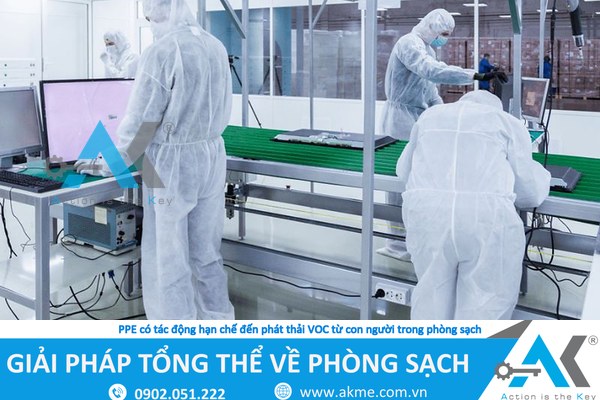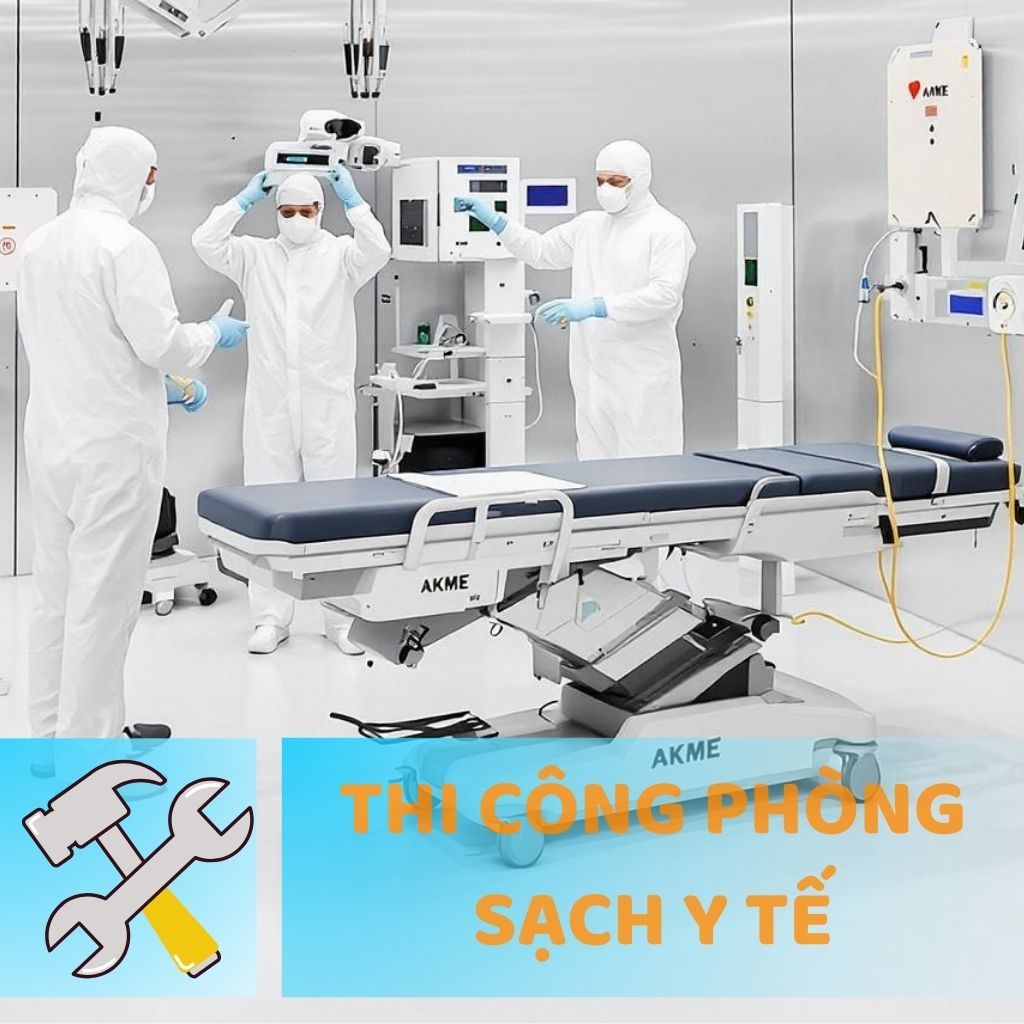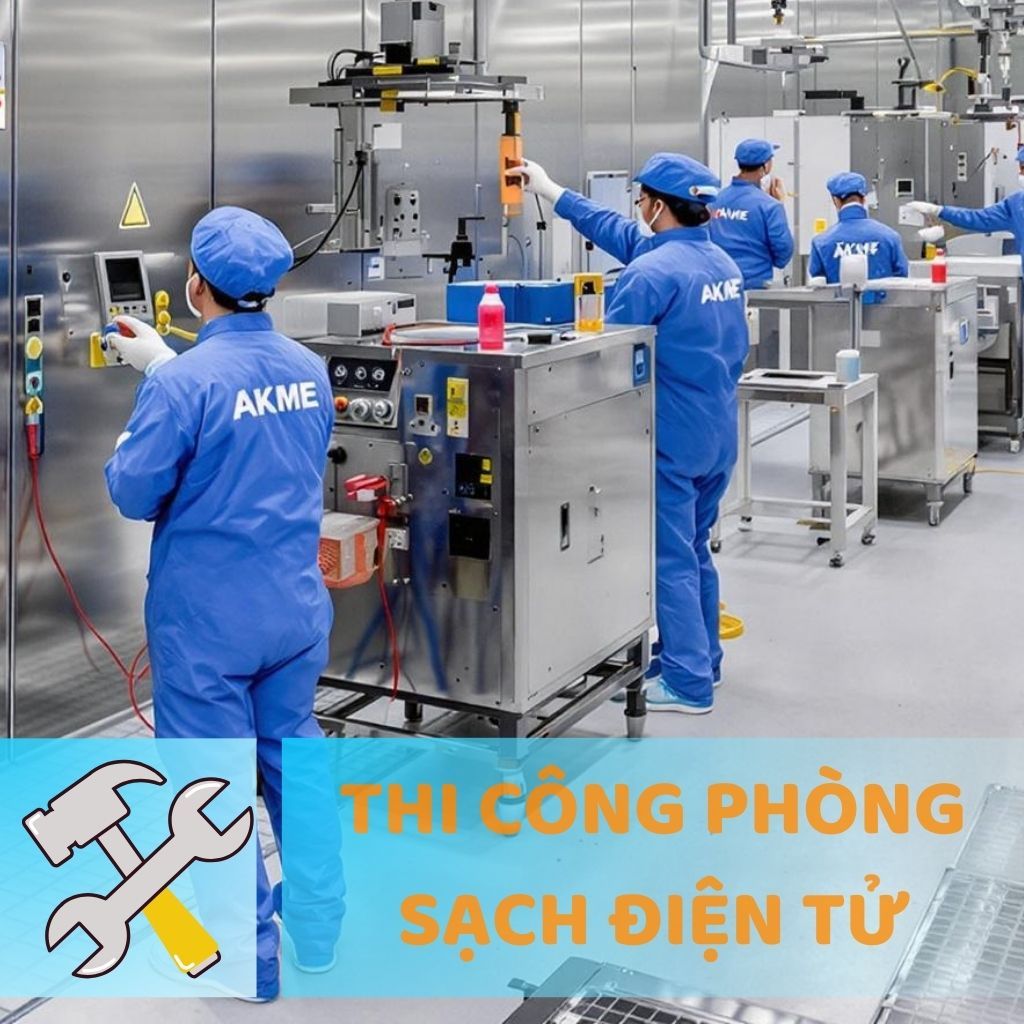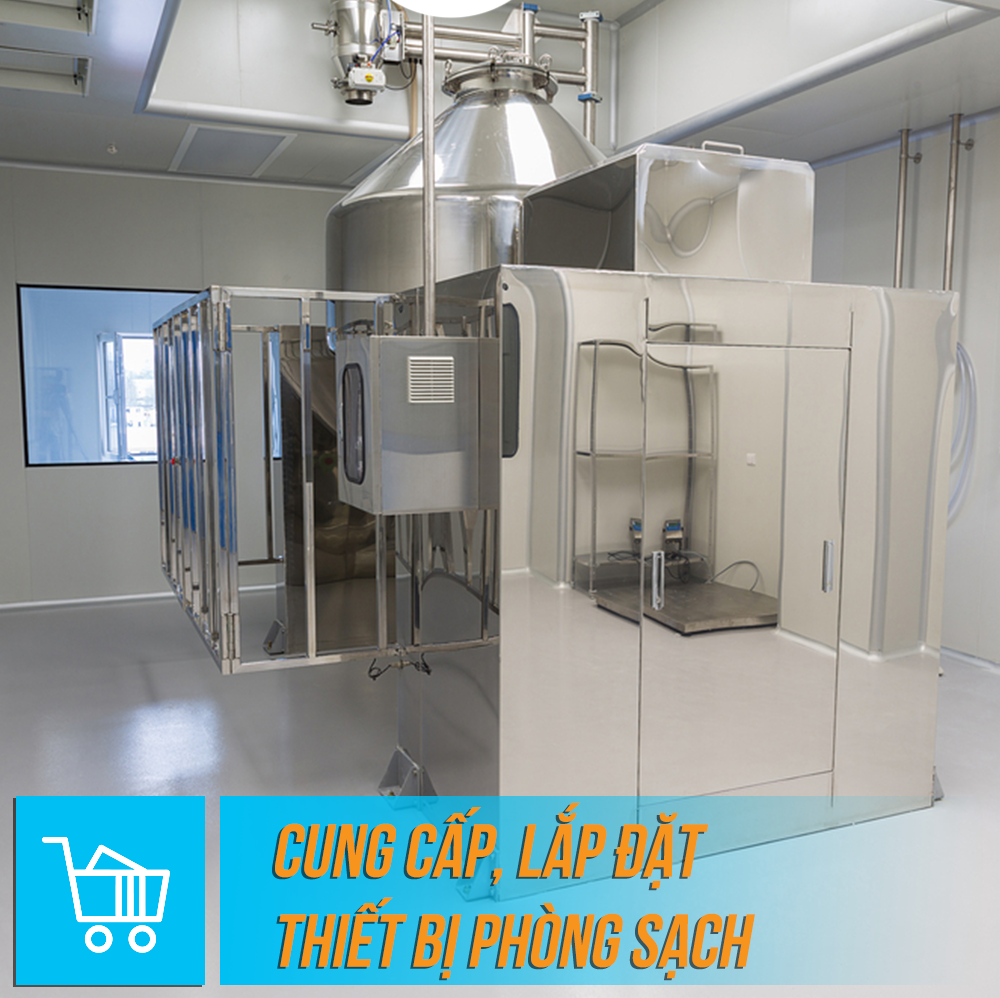PPE has a limited impact on VOC emissions from humans in cleanrooms – New study
14:45 - 05/09/2025 213
In cleanroom environments, controlling volatile organic compounds (VOCs) is one of the most important challenges. VOCs can come from equipment, building materials, and chemicals, but the largest and most difficult to control source comes from people.
Cleanroom Light Indicators: Improve Safety & Optimize Processes
Tersicoccus phoenicis: Dormant Bacteria Challenges NASA's Sterile Process
Sustainable Packaging for Cleanrooms: Optimization & Innovation
Vietnam's Amended Pharmacy Law: Important amendments & opportunities for businesses
Why are VOCs a problem in cleanrooms?
In cleanroom environments, controlling volatile organic compounds (VOCs) is one of the important challenges. VOCs can originate from equipment, construction materials, chemicals, but the largest and most difficult to control source comes from humans.
Previous studies have shown that the human body emits VOCs through breath and skin. These compounds can cause:
- Degradation of air quality in cleanrooms.
- Impact on the purity of sensitive products (semiconductors, pharmaceuticals, medical devices).
- Formation of secondary organic aerosols when reacting with oxidizing agents, creating additional hazards for the cleanroom environment.
The question arises: Is PPE (personal protective equipment) truly effective in limiting VOCs from humans?
Research: Measuring VOCs from humans when using PPE
A research team from Hunan University, Shanghai Key Laboratory and TOFWERK China conducted practical experiments. They used Vocus Proton Transfer Reaction – Time of Flight Mass Spectrometer (PTR-TOFMS) technology to measure VOC concentrations in real time.
Approach:
- Compare the amount of VOC emissions from humans with and without PPE.
- Measure VOCs from breath and skin under different conditions: sitting, standing, light movement.
- Evaluate changes according to gender, PPE wearing time, and type of PPE used.
PPE has only very limited effectiveness
The research revealed notable findings:
- VOCs from skin: PPE helps slightly reduce some compounds, but overall effectiveness is low.
- VOCs from breath: Some cases showed slight increases in VOCs when people wore PPE, possibly due to accumulation and escape through mask gaps or insufficient filter sealing.
- Human factors: Gender, protective clothing wearing time, and movement posture all affect VOC emission levels.
- Typical compounds:
- Skin: acetone, isoprene.
- Breath: acetaldehyde, acrolein – all substances that pose health risks and affect environmental cleanliness.

Implications for cleanroom operations
The research results show that PPE, despite playing an important role in controlling particles and microorganisms, cannot be considered an effective solution for controlling VOCs from humans.
This raises many issues for the industry:
- Pharmaceutical and medical device cleanrooms: VOCs can alter drug properties or cause contamination risks.
- Semiconductor and electronics manufacturing: VOCs affect the accuracy of lithography processes, causing micro defects.
- Biotechnology: VOCs reduce the stability of samples or culture environments.
Need for more comprehensive solutions
Based on the research results, experts propose:
- Improve PPE materials: Use filter membranes or adsorbent materials capable of retaining VOCs; integrate activated carbon layers or nanotechnology in protective fabrics.
- Enhance real-time air monitoring: Use PTR-TOFMS systems or VOC sensors for continuous monitoring; set warning thresholds for timely treatment when VOCs exceed permissible levels.
- Optimize cleanroom operations: Design laminar airflow to quickly dilute VOCs in the air; train personnel on limiting vigorous movement in cleanroom areas; control the number of people working in confined spaces.
Anh Khang shares
The research shows that PPE has only limited impact in reducing VOC emissions from humans. Instead of relying only on PPE, comprehensive solutions are needed that combine:
- Improving PPE design
- Applying VOC monitoring technology
- Cleanroom operation control strategies
This is the necessary direction to maintain air quality, protect products and worker health in modern cleanroom environments.
 | ANH KHANG CLEANROOM MECHANICAL & ELECTRICAL JOINT STOCK COMPANY Hotline: 1900 636 814 - 0902 051 222 Email: info@akme.com.vn Website: akme.com.vn Add: Lot B7 - Xuan Phuong Garden - Phuong Canh - Nam Tu Liem - Ha Noi. |
12:05 - 28/11/2019 47180
Cleanroom Design and Construction
14:05 - 11/03/2025 19380
GMP and ISO Standard Cleanroom Construction
14:18 - 11/03/2025 11861
ISO Standard Medical Cleanroom Construction
14:13 - 28/02/2025 22732
Electronics Cleanroom Construction
16:15 - 18/03/2021 4304
Warranty Service
16:26 - 28/11/2019 16927
Supply and installation of cleanroom equipment
14:50 - 26/11/2019 5741
Technology Production Line Consulting
16:35 - 19/03/2025 18013














